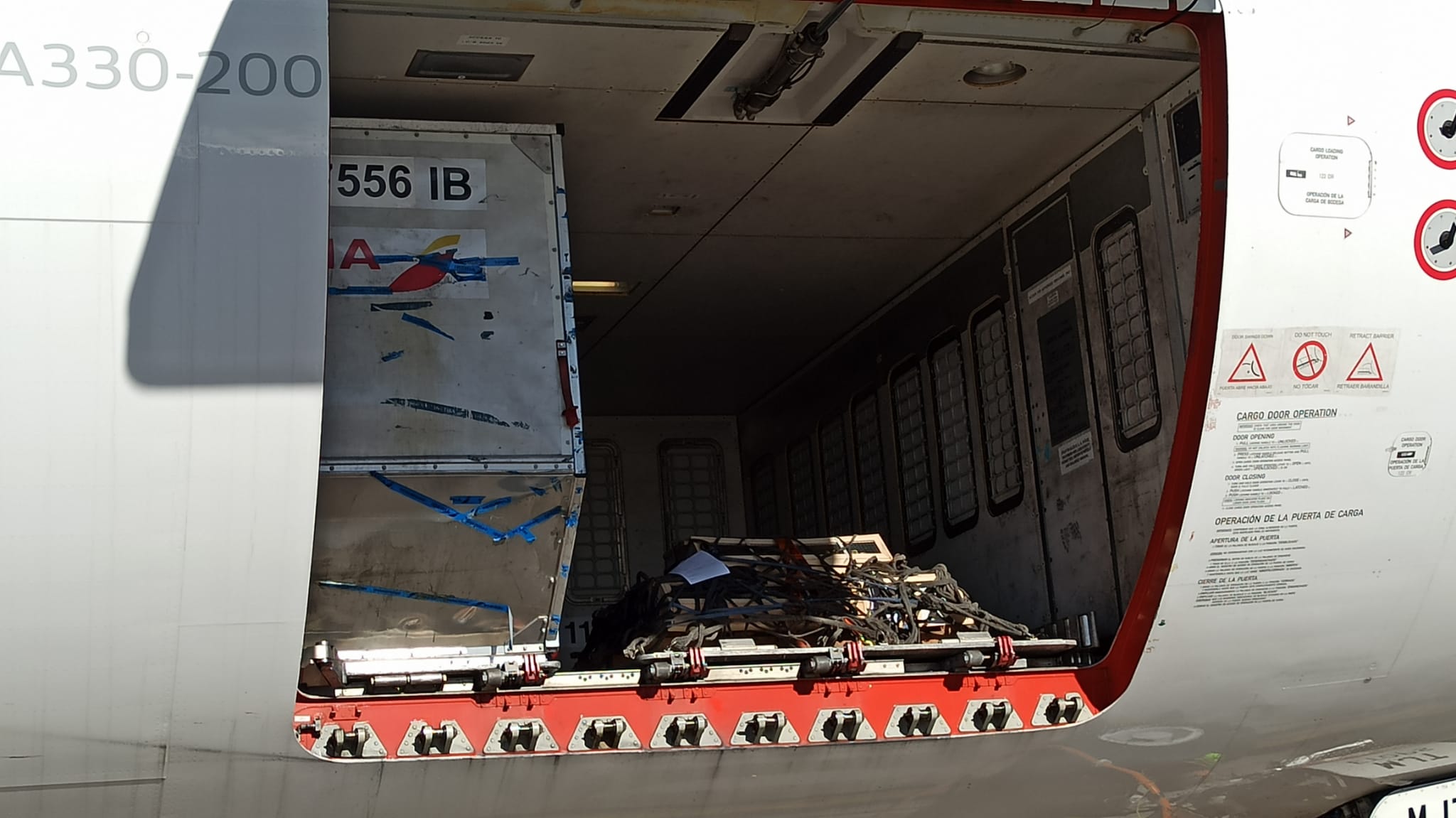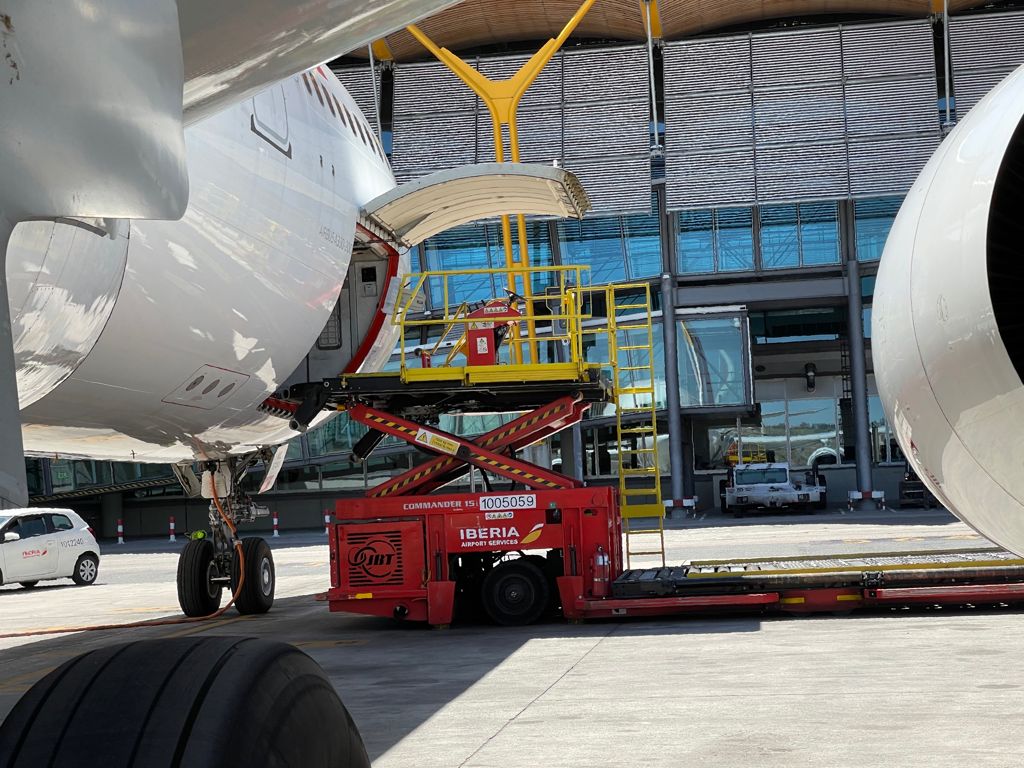One commercial aircraft, we’re of course all familiar with the passenger cabin, in which after all we always travel. But a goodly percentage of each plane is actually situated underneath the cabin. Whilst boarding or out a cabin window you may see the baggage of the flight’s passengers being loaded into it: the cargo hold – a voluminous space used not just for luggage by also various kinds of commercial goods.
But there are some misconceptions out there about cargo holds, especially thanks to how they’ve been portrayed in some movies. But most of what you see on the big screen is inaccurate. For example, they cannot be accessed easily; nor can their doors be opened from the inside – and much less in flight -to lighten the weight of the plane.

Passenger aircraft have one to six cargo holds depending on their size – usually one in front of the wings and one or two behind. (Among the Airbuses, the A320, A321, A330, and A350 have 1, 2, 3, 4, and 5 holds, whilst the A319 is the only model to have 1, 4, and 5.)
Baggage and cargo go either held in place by netting or stored in containers (bulk holds) or on pallets (palletised holds). In bulk holds, the standard technique for loading and unloading is for one or two operators to enter the hold to place or remove the containers. Some planes have sliding surfaces to make the job easier, and some are equipped with small motorised wheels. Once the suitcases or cargo are placed on these, they slide towards the back of the hold until they cover the entire length of the space.
Widebody aircraft also usually have a smallish hold (in comparison to others) for baggage which come from last-minute connections or are checked from the cabin, such as baby carriages, and Iberia planes of all sizes have a hold – usually up front, pressurised and heated – dedicated to the transport of live animals as well as products which require controlled temperatures, such as foodstuffs, flowers, and vaccines and other medicines. Depending on the type of cargo, this hold’s temperature may be set between 0⁰ and 25⁰ Celsius (32-77⁰ Fahrenheit).

What the Cargo Holds Are Like
Just like passenger cabins, the walls and ceilings of cargo holds are lined with panels which hide and protect the cables and tubes, but in this case, since the panels are subject to daily abuse, they are also subject to periodic inspections for damage. They also are equipped with various security systems including smoke detectors and fire extinguishers. In addition, the aircrafts’ air conditioning system is designed to move air from the passenger cabin to the holds, and from there either to the outside or to the compressors, where it mixes with new air and returns, after passing through the HEPA filters, to the passenger cabin. This loop prevents odours, gasses, or smoke that may be produced in the hold from reaching passengers. In addition, the hold has special panels that allow it to be depressurised without causing damage to the hatch or the ceiling, which is also the floor of the passenger cabin.
In some aircraft, under the cockpit is the so-called cellar or electronics compartment, and most of the aircraft’s computer systems are located there. This can be accessed through a hatch in the floor of the cabin, next to it is the forward hold, from which it is separated by a bulkhead with a door. But if you were to open this in flight, it is most likely that you’d run into one of the sides of a container, which would prevent you from taking a single step inside the hold. And by the way, the space between the roof of the passenger cabin and the upper part of the fuselage is not accessible either, unless you have the necessary tools.
By the way, a crew rest area is also located in the rear hold of Airbus’ two-aisle aircraft. Basically a cargo container with beds for the cabin crew, it cannot be occupied during takeoffs and landings and is accessed via a ladder at the back of the passenger cabin; there’s also an emergency hatch to the same cabin.

